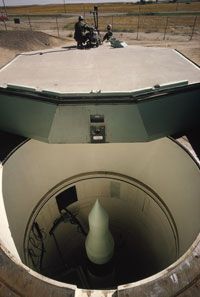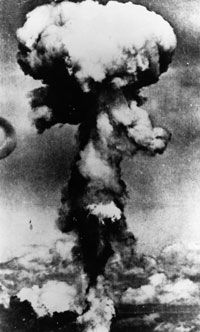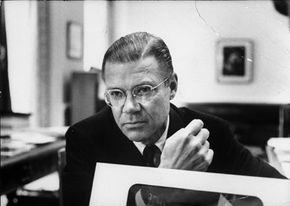One can make the argument that the Cold War was nothing, if not a decades-long threat of complete and total nuclear annihilation. During this diplomatic and strategic conflict between the Union of Soviet Socialist Republics (USSR) and the United States, both sides engaged in massive nuclear proliferation (the stockpiling of nuclear weapons). Europe became a Cold War battleground, with nuclear missile silos located on both sides of the Iron Curtain. There was global tension over the very real possibility of death by nuclear bomb.
Despite concern over the hair trigger that the U.S. or the USSR (or both) might possess, when it came down to it, neither side went through with launching their missiles. This was proven on a few particularly gut-wrenching occasions. One was the Cuban Missile Crisis of October 1962. After learning that the Soviets were adding missiles to their increasing military presence in Cuba (just 90 miles off the coast of Florida), President Kennedy threatened a strike against the USSR if the missiles weren’t removed. After two tense weeks, the USSR relented [source: Global Security].
Advertisement
Another close call came during the Carter administration. At about 2:30 a.m. on June 3, 1980, security monitors at the North American Air Defense Command (NORAD) showed that the USSR had launched 2,220 nuclear missiles, headed toward America [source: Gates]. Within the 7-minute window afforded by a Soviet strike in the 1970s, National Security Director Zbigniew Brzezinski was on the verge of waking President Carter when he was told the attack was a false alarm.
Test your knowledge in the Nuclear Bomb Quiz.
This wasn't the only false alarm during the Cold War that led the U.S. to believe that America was under attack. But in none of these instances did the U.S. pull the trigger and launch a nuclear strike. Why? The answer is found, in large part, in the doctrine of Mutual Assured Destruction (MAD). What is MAD, and how did it keep the Cold War belligerents from attacking one another? Find out on the next page.
Advertisement


